Exploring Old Quebec (Vieux-Québec): Cobblestone Streets, Culture, and History
Old Quebec (Vieux-Québec), the historic heart of Québec City, is a charming and beautifully preserved district that transports visitors back in time with its cobblestone streets, 17th-century architecture, and European atmosphere. Designated as a UNESCO World Heritage Site, Old Quebec is the only walled city in North America north of Mexico, and it offers a unique blend of French colonial history, culture, and modern-day charm. With its lively squares, historic landmarks, boutique shops, and world-class dining, Old Quebec is a must-see destination for travelers looking to experience the magic of Québec City.
A UNESCO World Heritage Site
Old Quebec is divided into two main areas: the Upper Town (Haute-Ville), which sits atop Cap Diamant, and the Lower Town (Basse-Ville), nestled along the banks of the St. Lawrence River. The district’s historical significance and well-preserved architecture earned it UNESCO World Heritage status in 1985. The fortified walls that encircle the Upper Town, along with its winding streets, stone buildings, and iconic landmarks, make Old Quebec a living museum where history comes to life.
Upper Town (Haute-Ville): History and Majestic Views
The Upper Town is home to many of Québec City’s most famous landmarks, including Château Frontenac, the world-renowned castle-like hotel that dominates the skyline. Standing atop Cap Diamant, the Upper Town offers stunning views of the St. Lawrence River and Lower Town below. This area is also where visitors will find some of the most important historical sites in Québec City.
Château Frontenac
One of the most iconic buildings in all of Canada, Château Frontenac is a luxury hotel that has become a symbol of Québec City. Built in 1893 by the Canadian Pacific Railway, the grand hotel was designed in the style of a French château and continues to welcome guests from around the world. Even if you’re not staying at Château Frontenac, visitors can take guided tours of the hotel’s elegant interiors, which showcase its rich history and grandeur. The Dufferin Terrace, a wide boardwalk that runs along the edge of the cliff beside the hotel, offers spectacular views of the St. Lawrence River and is a popular spot for a leisurely stroll.
La Citadelle de Québec
Another important landmark in Upper Town is La Citadelle, a star-shaped fortress that remains an active military installation and serves as the official residence of Canada’s Governor General. La Citadelle has played a crucial role in the defense of Québec City since the 18th century. Visitors can explore the fortress through guided tours that offer insights into its military history, architecture, and significance in Canadian history. In summer, visitors can also witness the Changing of the Guard ceremony, a tradition dating back to 1928.
The Fortifications of Quebec
As the only walled city in North America north of Mexico, Old Quebec’s fortifications are one of its most distinctive features. Visitors can walk along the city’s historic walls, which were originally built to protect the city from attacks. The 4.6-kilometer-long fortifications encircle the Upper Town, and several gates, such as Porte Saint-Louis and Porte Saint-Jean, still stand today. A walk along the ramparts provides visitors with stunning views of the city’s architecture, the St. Lawrence River, and the surrounding landscape.
Lower Town (Basse-Ville): The Birthplace of French America
The Lower Town is the oldest part of Québec City, where Samuel de Champlain established the first French settlement in 1608, marking the beginning of French colonization in North America. This area is known for its picturesque streets, colorful buildings, and quaint squares that are brimming with history and charm.
Place Royale
Place Royale is a beautifully preserved square that marks the birthplace of French America. This historic site is home to Notre-Dame-des-Victoires, one of the oldest stone churches in North America, built in 1688. Place Royale is lined with stone buildings and cobblestone streets that have retained their 17th-century charm, and it’s a favorite spot for visitors looking to soak up the historic atmosphere. The square also features a bust of Louis XIV, a reminder of Québec’s French roots.
Petit Champlain
Petit Champlain is one of the most charming and picturesque areas of Old Quebec, with narrow streets filled with boutique shops, art galleries, and cafés. Known as one of the oldest shopping streets in North America, Rue du Petit-Champlain is a pedestrian-friendly area where visitors can explore local artisan stores, enjoy a leisurely meal at a bistro, or simply wander through its enchanting alleys. The district is particularly magical during the winter months when the streets are decorated with twinkling lights, turning it into a winter wonderland.
The Funicular: Connecting Upper and Lower Towns
For those looking to travel between the Upper and Lower Towns, the Old Quebec Funicular offers a scenic and convenient ride. This cable car connects the Dufferin Terrace in the Upper Town with the Petit Champlain district in the Lower Town, providing passengers with beautiful views of the river and the city as they ascend or descend the steep slope. The funicular is a historic attraction in its own right, operating since 1879, and is a fun way to experience the city’s unique topography.
Religious and Cultural Heritage
Old Quebec is also home to several important religious and cultural sites. The Basilique-Cathédrale Notre-Dame de Québec, located in the Upper Town, is the oldest Catholic cathedral in Canada, founded in 1647. The basilica’s stunning interior, with its golden altar and impressive artwork, makes it a must-see for visitors interested in religious history and architecture.
For art lovers, the Musée de l’Amérique francophone and Musée de la Civilisation offer a deeper understanding of Québec’s cultural and historical heritage. The museums showcase the influence of French culture in North America, as well as the city’s role in shaping Canadian identity.
Seasonal Festivals and Events
Old Quebec is a year-round destination, with events and festivals that highlight its vibrant culture. In summer, the city hosts the Festival d’été de Québec, a massive outdoor music festival that draws artists and visitors from around the world. During the winter months, the famous Québec Winter Carnival transforms Old Quebec into a snowy playground, complete with ice sculptures, parades, and traditional activities such as ice canoeing and snow baths. The carnival is one of the oldest and largest winter festivals in the world and celebrates the city’s love for winter fun.
How to Get There
Address: Old Quebec, Québec City, Quebec, Canada
Public Transport: Old Quebec is easily accessible by foot from many of the city’s major hotels and attractions. The district is pedestrian-friendly, with most streets closed to vehicle traffic during peak tourist seasons. Public buses and taxis also serve the area.
Parking: Paid parking is available at several lots near the Old Town, though walking is the best way to explore the narrow streets and hidden corners of Old Quebec.
Official Website
For more information on events, attractions, and tours, visit the official Québec City tourism website: quebecregion.com.
Hours and Admission Fees
Hours: Old Quebec is open year-round, with most shops, restaurants, and attractions operating daily. Museums, tours, and specific sites such as La Citadelle and Château Frontenac may have specific hours of operation, so it’s recommended to check individual websites before visiting.
Admission Fees: Walking around Old Quebec is free, though certain attractions and guided tours may require admission fees.
Best Time to Visit
Old Quebec is a beautiful destination to visit in any season. Summer (June to August) is the busiest time, with warm weather and outdoor festivals. Fall (September to October) offers crisp air and stunning fall foliage, while winter (December to February) transforms the city into a magical snow-covered wonderland, perfect for exploring during the Winter Carnival. Spring (April to May) is quieter, with fewer crowds and blooming flowers adding to the city’s charm.
A Timeless Journey Through History
Old Quebec is a place where history, culture, and charm come together in perfect harmony. Whether you’re strolling through the cobblestone streets of Petit Champlain, taking in the views from Château Frontenac, or exploring the city’s fortifications, Old Quebec offers a rich and immersive experience that transports visitors to another time. As the heart of French Canada, Old Quebec is a destination that captivates travelers with its beauty, heritage, and vibrant energy.

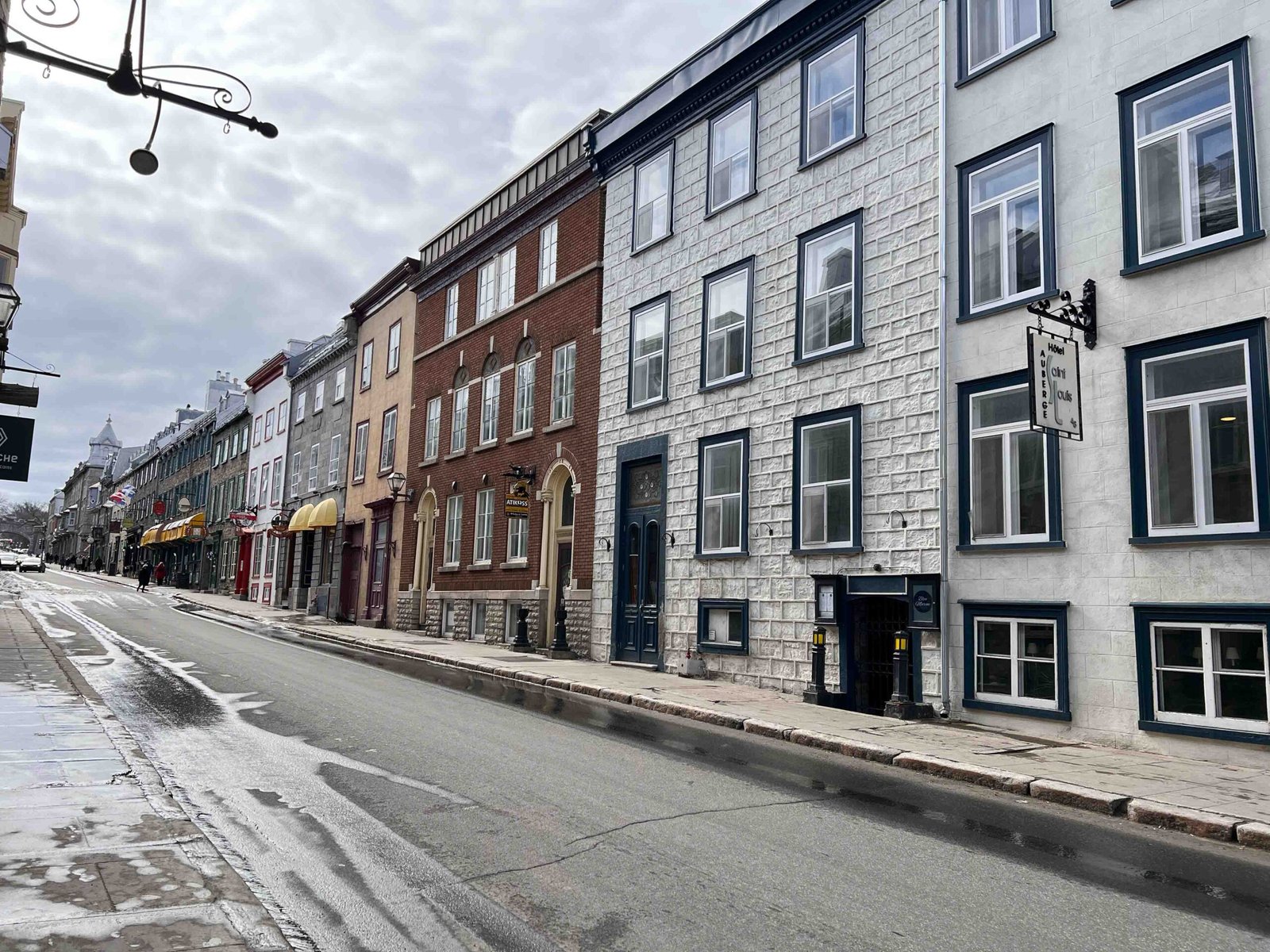
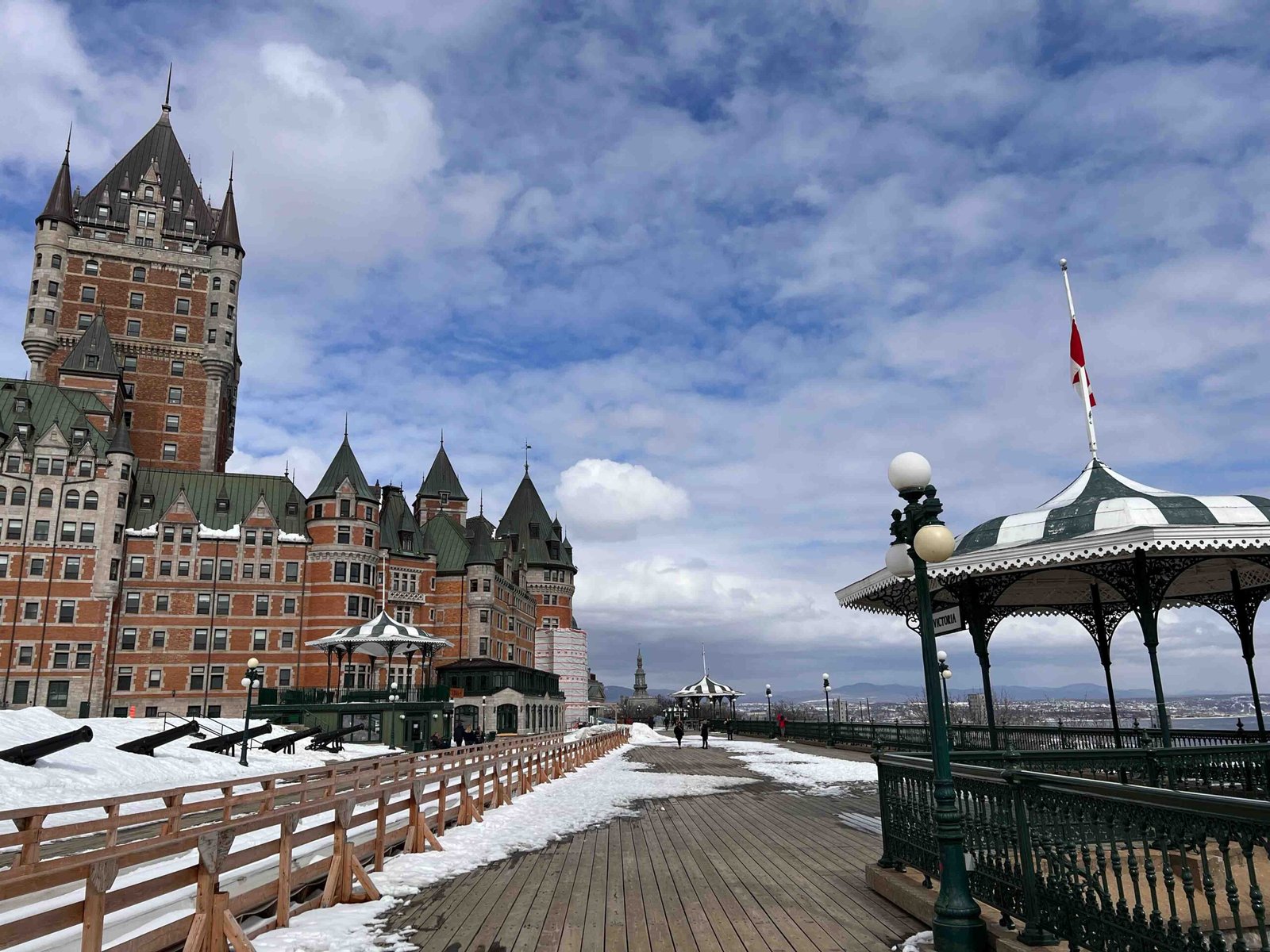
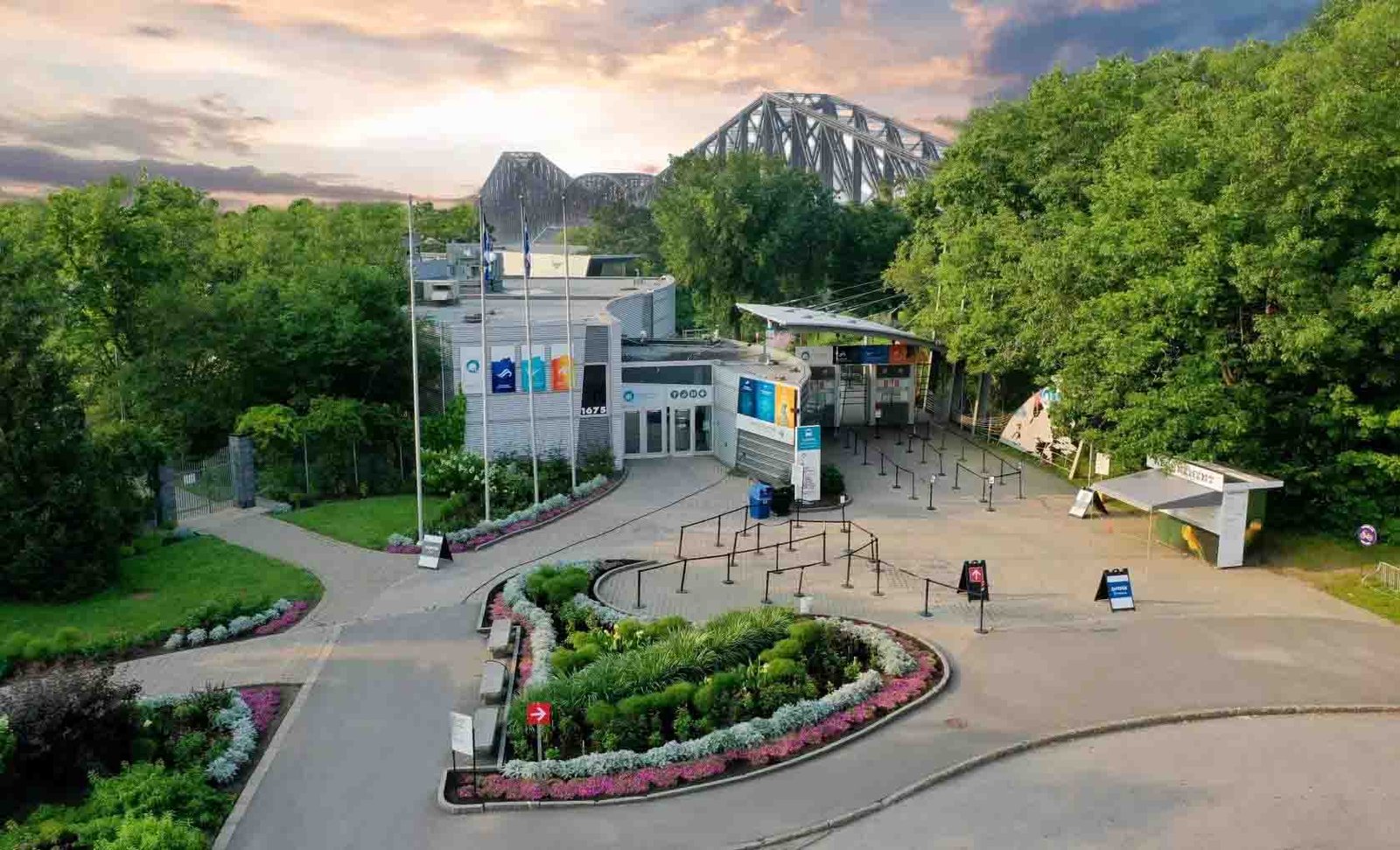
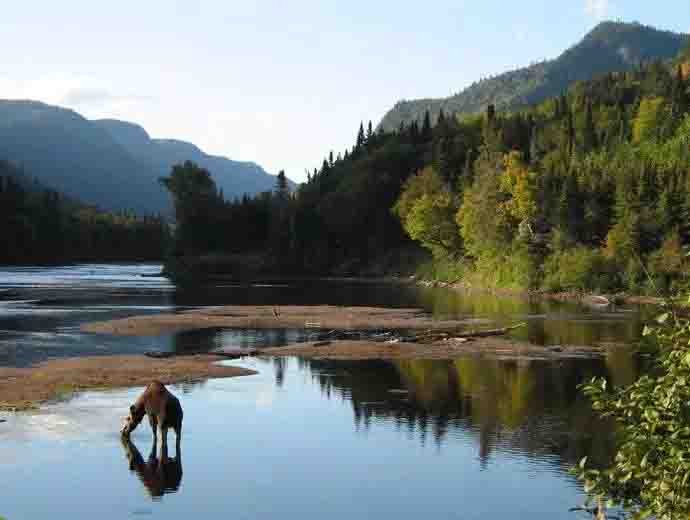
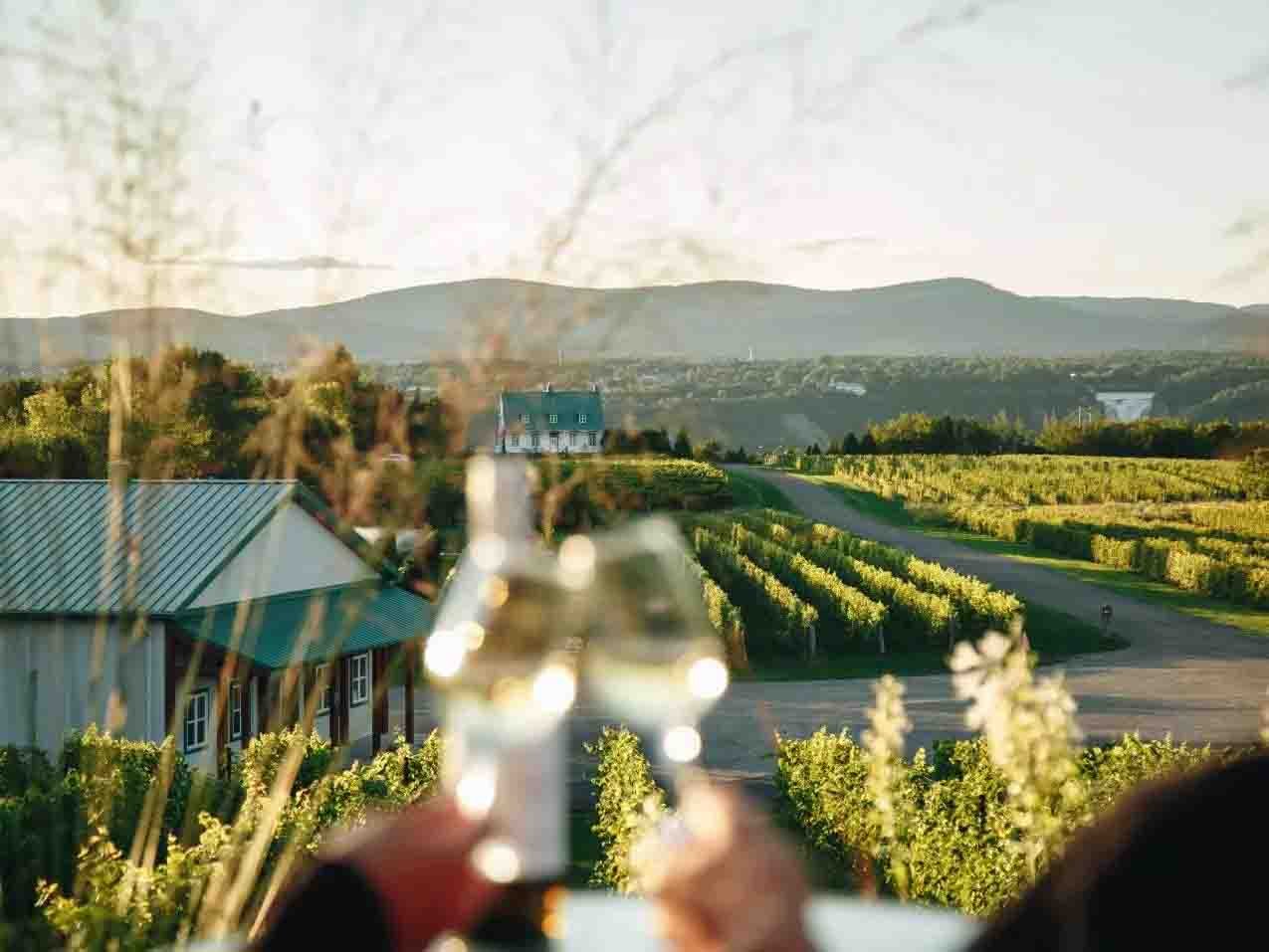
Leave a Reply